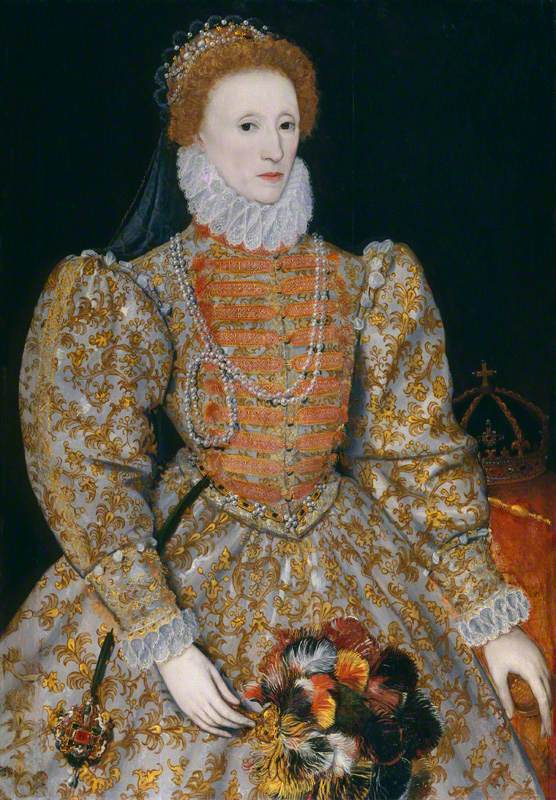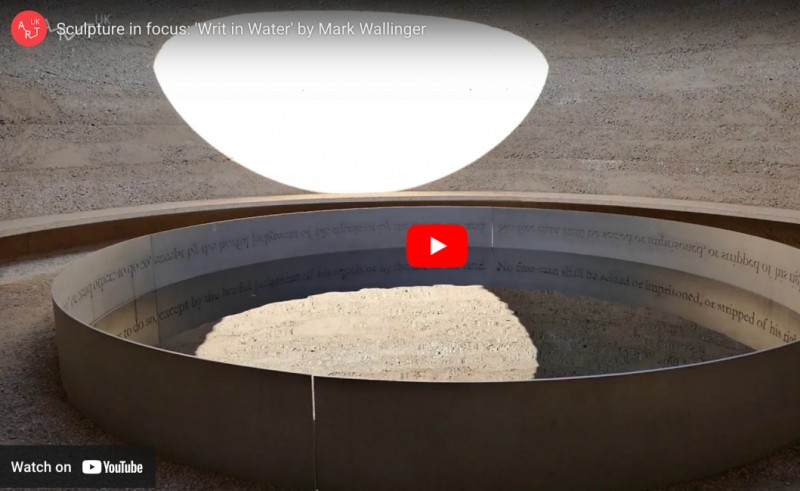Artists of everyday life in the sixteenth, seventeenth and eighteenth centuries often revelled in the lawlessness of daily life, depicting bad behaviour and public drunkenness with wit and humour. On the other hand, religious paintings provided lessons in good behaviour and its heavenly rewards and punishments.
Formal salaried policing began in the early nineteenth century in the UK’s largest cities.
Justice is dispensed by appointed individuals, or by the public represented in a jury. Because of their importance to society, all these roles and processes have been depicted in art: the abstract personification of Justice herself with her scales, policemen on the beat and portraits of bewigged judges, scenes of courts at work, and, perhaps most frequently, prisoners and prisons.
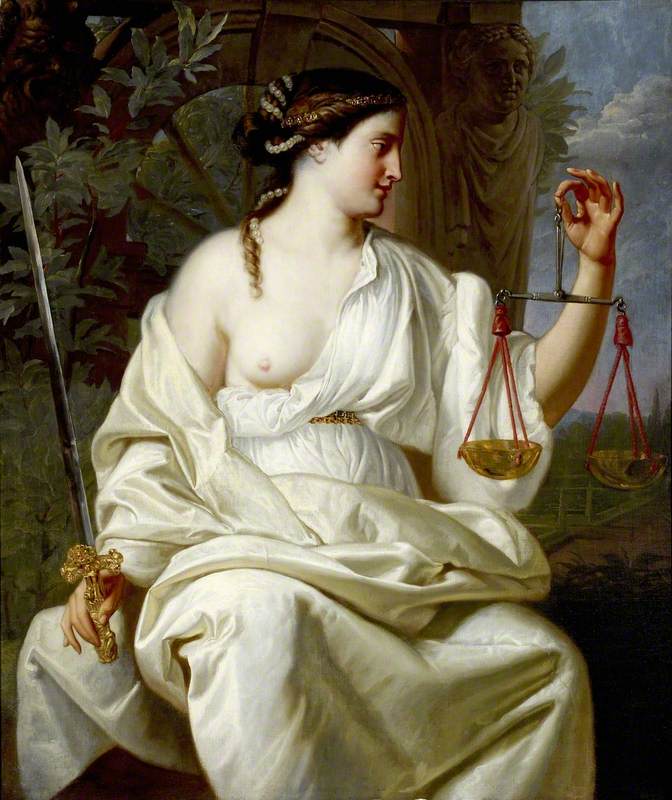

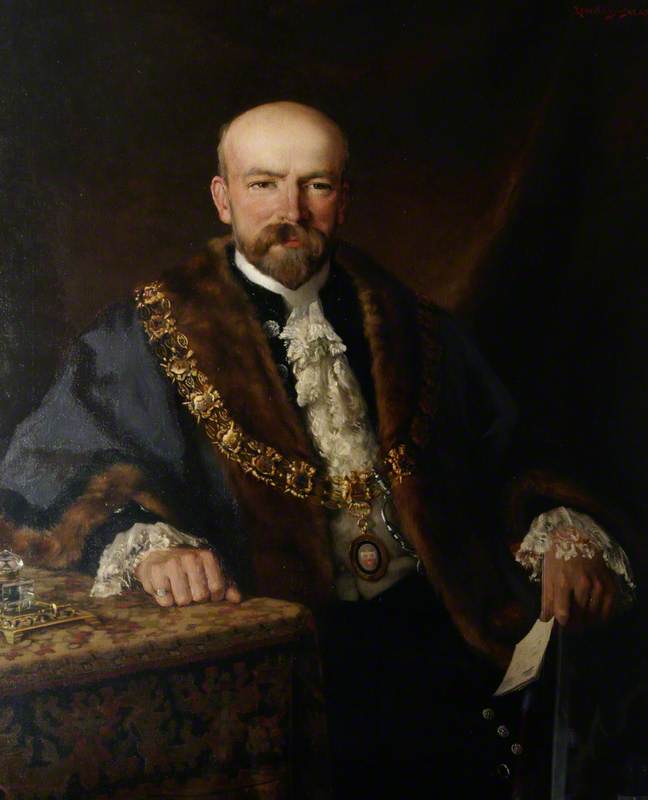
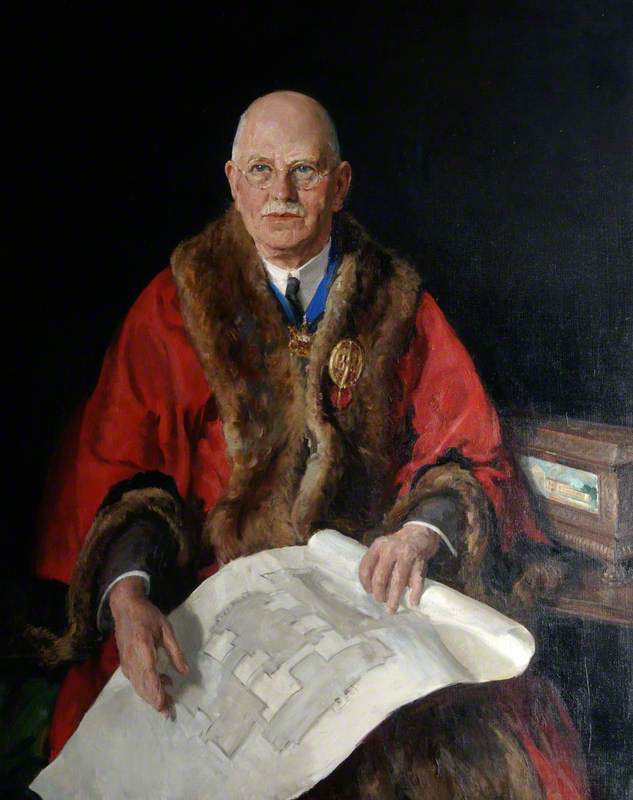
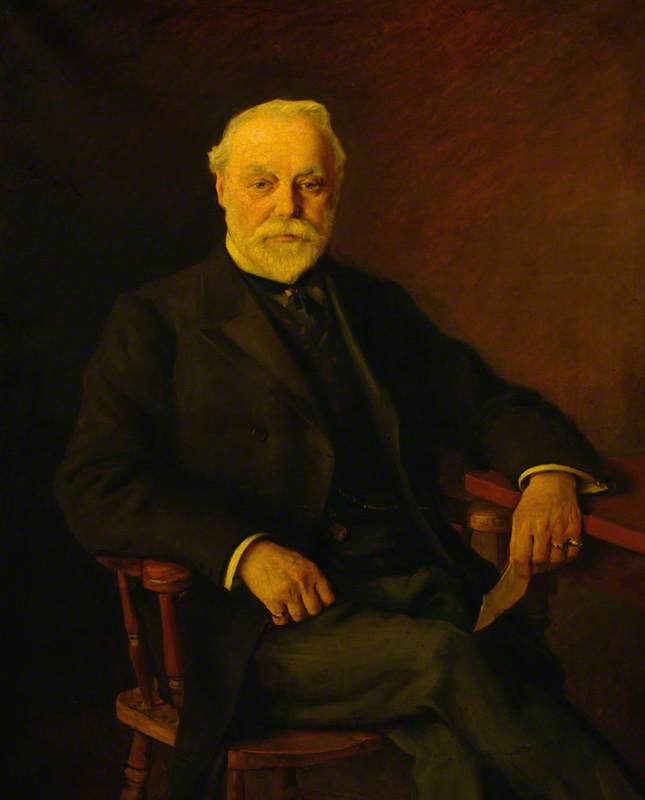
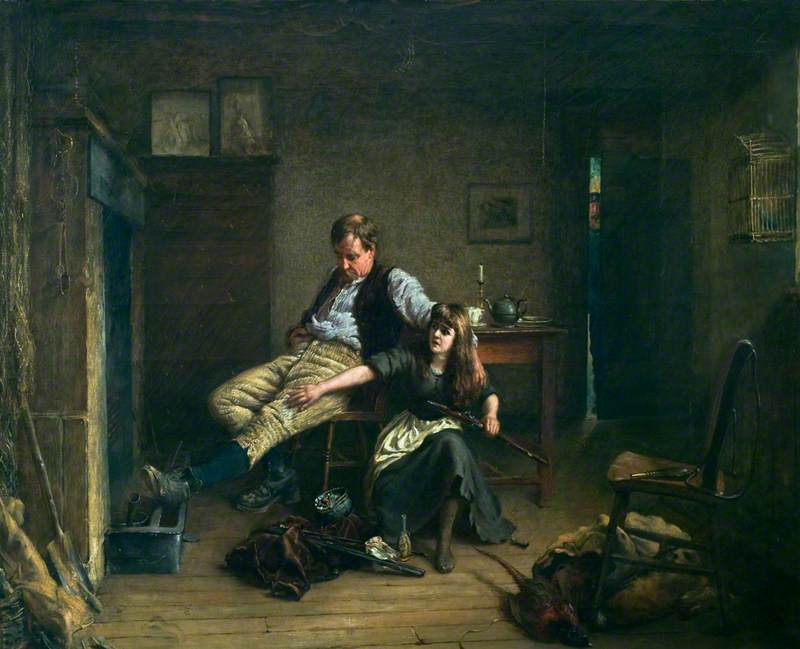
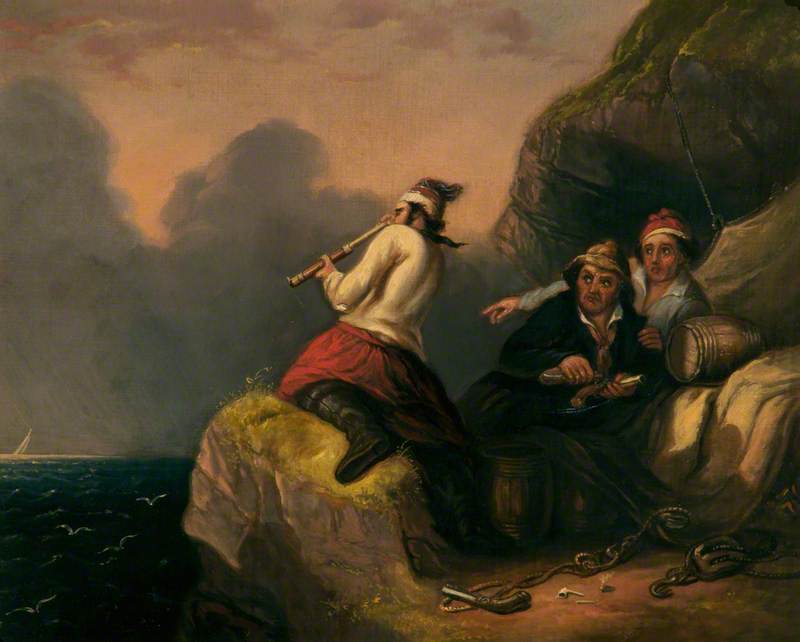
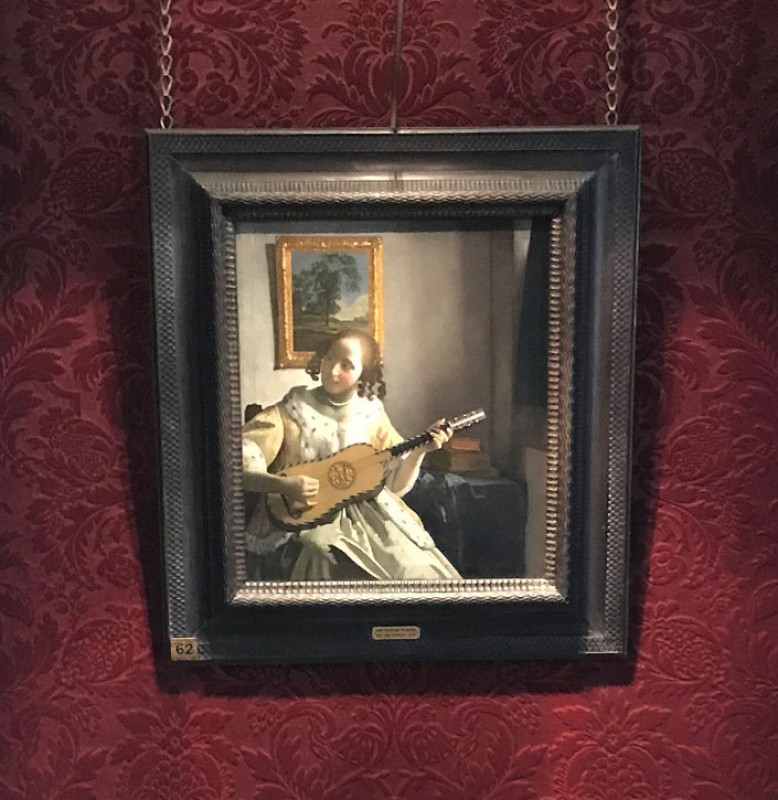
.jpg)
